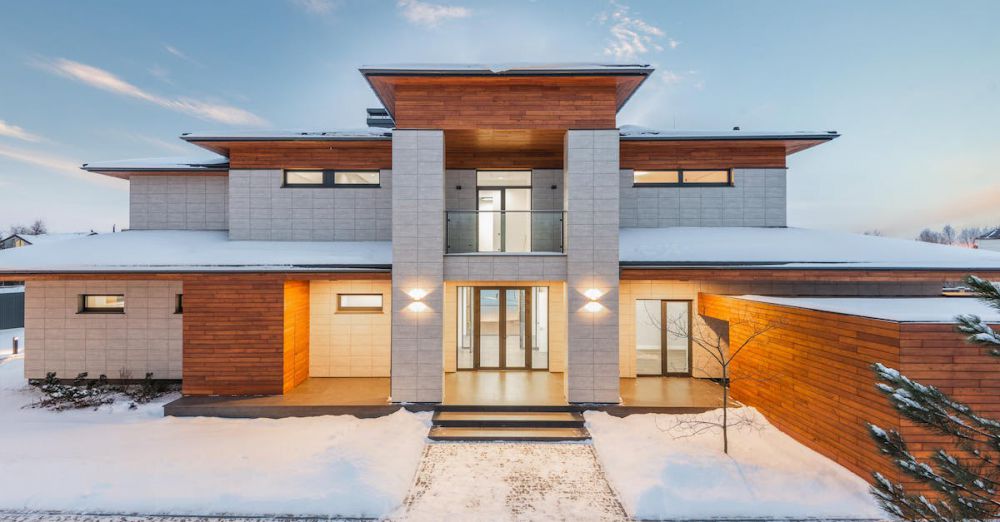When it comes to selecting materials for your home’s exterior cladding, there are several factors to consider. The cladding is not only responsible for protecting your home from the elements, but it also plays a crucial role in the overall aesthetic appeal. With an array of options available in the market, it can be overwhelming to make the right choice. In this article, we will discuss some essential considerations to help you select the perfect material for your home’s exterior cladding.
Climate and Weather Conditions
One of the most critical factors to consider when choosing exterior cladding materials is the climate and weather conditions in your area. Different materials perform better in certain climates, so it’s important to select one that can withstand the local weather patterns. For instance, if you live in a region with high humidity or frequent rain, you might want to consider materials that are resistant to moisture, such as vinyl or fiber cement. On the other hand, if you live in an area with extreme temperatures, materials with good insulation properties, like insulated metal panels or natural stone, might be more suitable.
Durability and Maintenance
Another crucial consideration is the durability and maintenance requirements of the cladding material. The exterior of your home is constantly exposed to various elements, such as sunlight, rain, and wind, so it’s essential to choose a material that can withstand these conditions without deteriorating quickly. Some materials, like brick or stone, are known for their longevity and require minimal maintenance. On the other hand, materials like wood or stucco may require more regular upkeep, including painting or sealing, to ensure their longevity.
Aesthetics and Architectural Style
The exterior cladding of your home significantly contributes to its overall aesthetics and architectural style. It’s important to choose a material that complements the design and enhances the curb appeal. Consider the architectural style of your home, whether it’s traditional, modern, or contemporary, and select a cladding material that aligns with that style. For instance, brick is often associated with traditional or rustic designs, while metal or glass can give a more modern and sleek appearance.
Cost and Budget
The cost of the cladding material and your budget are also important factors to consider. Different materials come with different price tags, so it’s crucial to determine how much you are willing to spend. Keep in mind that the initial cost is just one aspect. You should also consider the long-term maintenance and repair costs associated with the material. While some materials may be more expensive upfront, they might require less maintenance and last longer, making them a more cost-effective choice in the long run.
Environmental Impact
In today’s eco-conscious world, it’s important to consider the environmental impact of the materials you choose. Some cladding materials, such as wood or reclaimed materials, are more sustainable and have a lower carbon footprint compared to others. Additionally, some materials are recyclable or can be repurposed at the end of their lifespan, reducing waste. Consider opting for environmentally friendly materials that align with your values and contribute to a greener future.
Conclusion: Making the Right Choice
Selecting the right material for your home’s exterior cladding is a crucial decision that requires careful consideration. By taking into account factors such as climate, durability, aesthetics, cost, and environmental impact, you can make an informed choice that not only protects your home but also enhances its overall appeal. Remember to research the different materials available, consult with professionals, and weigh the pros and cons before making your final decision. With the right material, your home’s exterior cladding can withstand the test of time and make a lasting impression.

